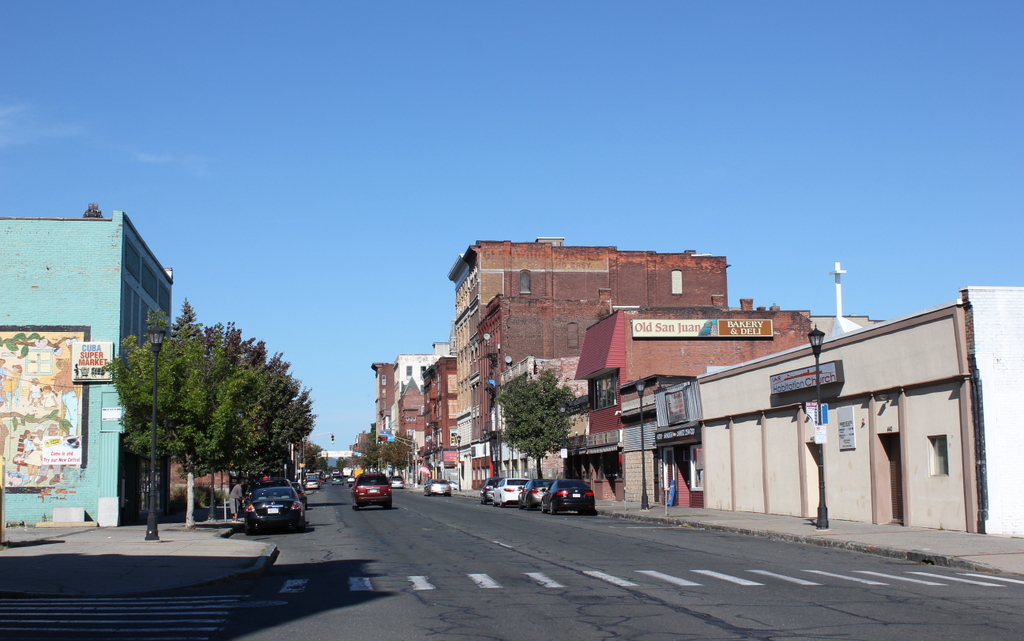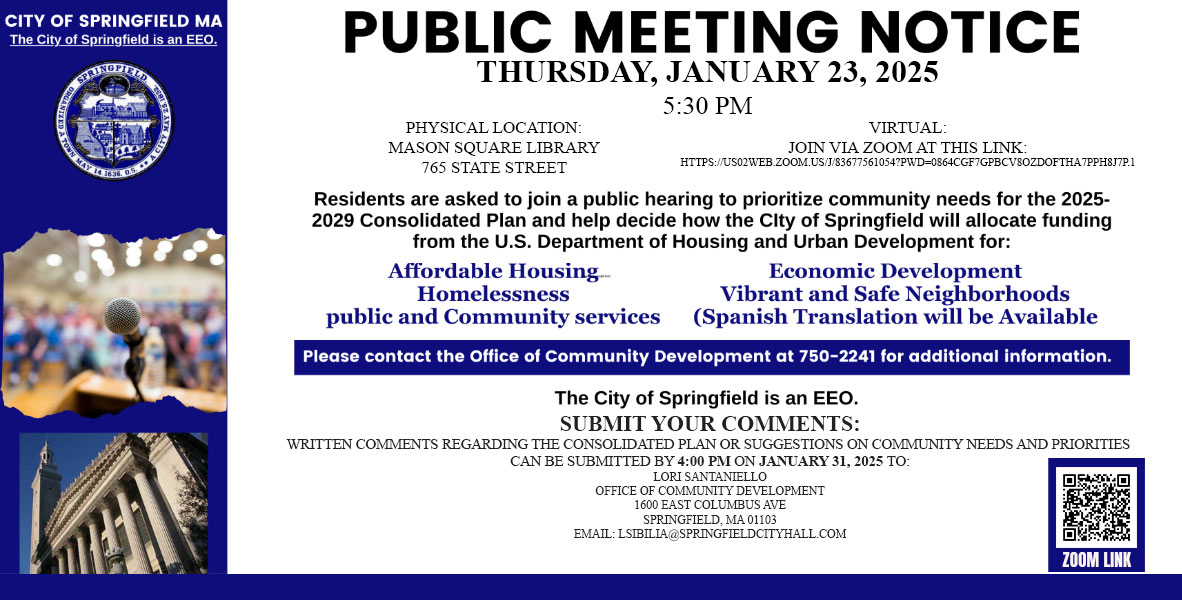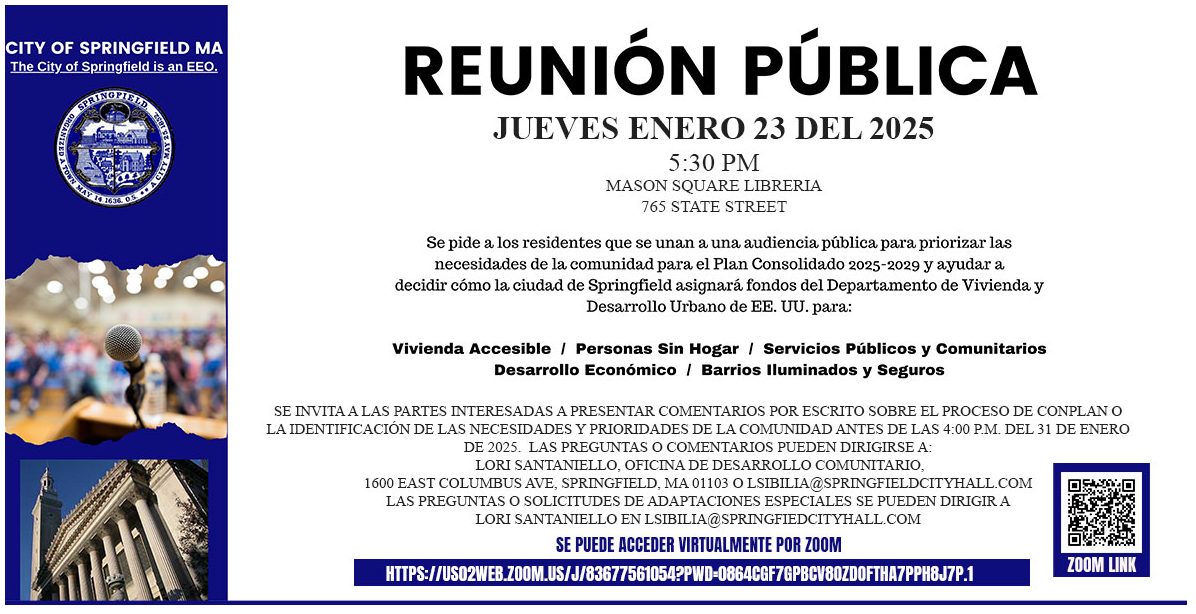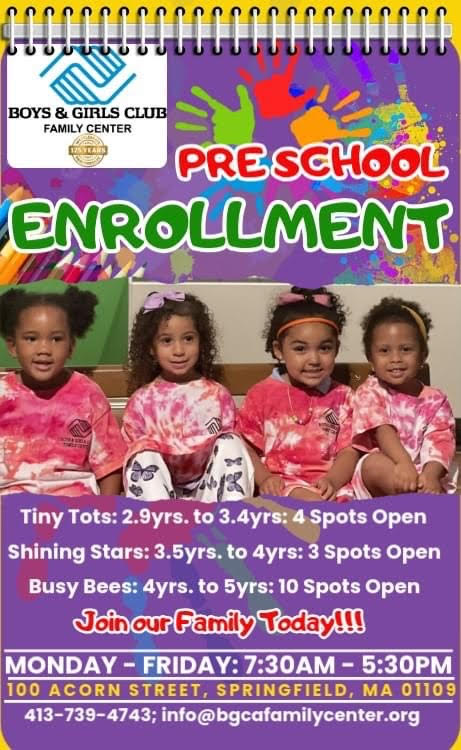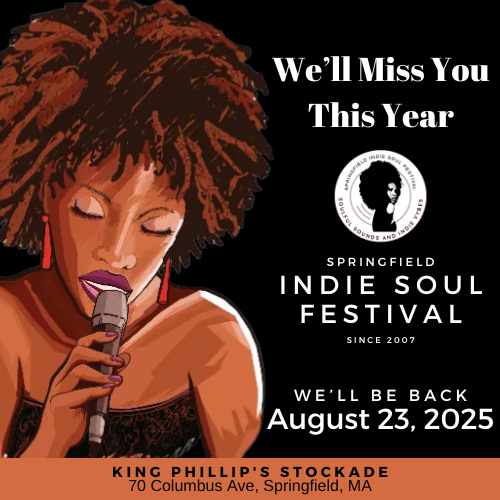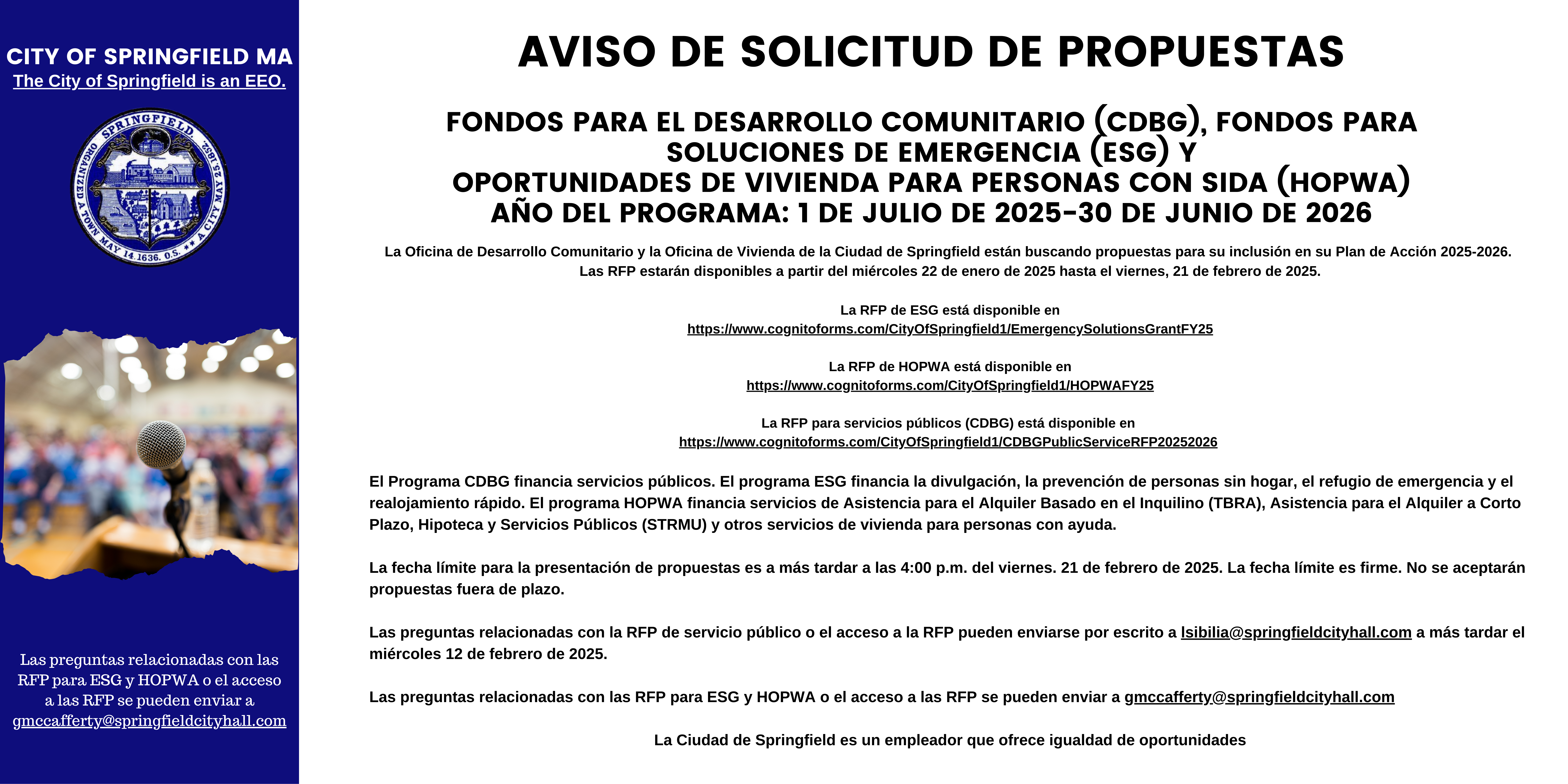Written by: Terry Gibson
Incorporated as its own township in 1850, Holyoke, MA is one of the earliest planned industrial cities in the United States. A hydroelectric dam controlled the flow of the Connecticut River, and a canal system and railway lined the outsides of red brick factories and mills. And to really power this “New City”, as it was described by the early Massachusetts legislators, Irish settlers worked tirelessly to keep the machines humming.
Holyoke was like many other towns throughout Massachusetts that produced textiles from the cotton picked by the hands of captured and enslaved Africans laboring on plantations in the South. And like most towns, once the Civil War cut off the supply of southern cotton, Holyoke had to pivot. The next best product, industrialists thought, was paper. And this is how Holyoke has become known as Paper City.
Spray-painted shamrocks pepper driveways and main streets, and the orange, white, and green bars of the Irish flag are propped on houses and businesses all throughout the town of Holyoke. The Irish pride still running deep here today, is rooted in the history of those early settlers, who worked and lived in Holyoke and called the city Ireland Parish. But amongst all the banners and shamrocks, the Puerto Rican flag flies prominently throughout the city too.
In 1950, Operation Bootstrap completely transformed the Caribbean islands, including Puerto Rico. Large American corporations seeking to expand tax shelters found on the islands shifted the agrarian economies to industrialist ones. As a result, a large portion of the Puerto Rican population fled their homes and headed to the United States; some landing in Western Massachusetts to work in the fields bursting with tobacco.
“Some people stayed on the island to work in the factories”, comments Jose Maldonado. His grandfather learned to repair refrigerators in one of those factories, a skill he uses today.
“Many Holyokers don’t know this history”, Jose continues.
For Jose Maldonado, running for City Council At-Large would be a way to challenge the negative narratives and the historical disenfranchisement the Puerto Rican community has faced, since migrating to Holyoke.
Even more, his campaign is focused on developing a community with sustainable initiatives that include everyone in Holyoke.
“I’m bringing positivity and a fresh perspective”, Maldonado remarks, “this fight is not against each other but against the system; policy, and practices, that oppress the community”, he explains.
At age 31, Jose Maldonado, artist and educator, is among the many millennials, across the United States, running for local office for the first time. Riding the wave of energy from last summer’s demonstrations following the murder if George Floyd, these young organizers turned politicians, are seeing open council seats as a way to effect change within their communities.
“People deserve to be seen”, says Maldonado speaking on why representation matters. He furthers this thought, commenting on how the Puerto Rican community internalizes racial aggression and demoralizing stereotypes.
“We need a representative that speaks both languages and sees the humanity in their neighbors”, says Maldonado.
According to the latest census data, Holyoke is 54% Latinx. Maldonado notes that only 23% of the current council identifies as Latinx or Hispanic. A recent study conducted by the Urban Institute, ranked Holyoke the least inclusive town, racially and economically, out of the 257 New England towns studied.
For candidates like Jose Maldonado, watching a majority White city council seemingly ignore the Latinx population of Holyoke, is personal. He grew up living in and witnessing racial and economic disparities.
“It feels like the time is right”, says Jennifer Keitt, when asked why she too is running for an at-large seat.
Keitt is not a millennial but a white 49-year-old mother of 3. Though she is older, she resonates with the millennial struggle; seeing the same issues with the city council as they do. Keitt mentions addressing economic disparities, the lack of transparency as well as racial disenfranchisement, among the reasons why she’s running.
“Holyoke is two cities”, she says, “our elected officials pay no attention to the nonwhite population”.
Jennifer Keitt’s platform is about “honesty and equity”, but the greatest issue she and Maldonado would like to address is public safety and a near-hemorrhaging police budget. Both would like to review police practice and 911 calls while asking the question, “Do we need a guy with a gun for this situation?”. If not, Keitt and Maldonado are both interested in using community health workers to respond to non-violent calls.
Some of the funding that could potentially be freed from shifting the duties of an armed officer to community health workers, would go towards initiatives addressing homelessness and addiction.
Keitt has seen Holyoke go through a multitude of phases — all the while the leadership has stayed the same. Most of the 13 councilors have served for over ten years in their seat; one for over 30 years.
“The flame was lit when I was in Holyoke Public schools”, Keitt says, reflecting on the time when she first started becoming politically engaged. Now, she carries a BA in political science, which she uses to provide access behind the scenes of Holyoke’s local government.
“I know all the players now”, she says about the insight she has gained from attending meetings and volunteering.
This summer and into the fall, these two campaigns will be out on streets knocking on doors and sometimes hosting phone banks in an attempt to garner enough votes to win a seat. But in this town of 40,000 residents, only a slim portion of the city actually turns out to vote.
For Keitt and Maldonado, engaging with the younger population will be a key endeavor to winning their seats. Over time these candidates have watched the current council and made their own plans for a brighter future. A future that recognizes that as the weather and economy continue to change in Puerto Rico, the city of Holyoke may soon be over 60% Latinx. These candidates are just two of the dreamers who envision a future that is welcoming, safe, and prosperous for all Holyoke residents; old and new.
